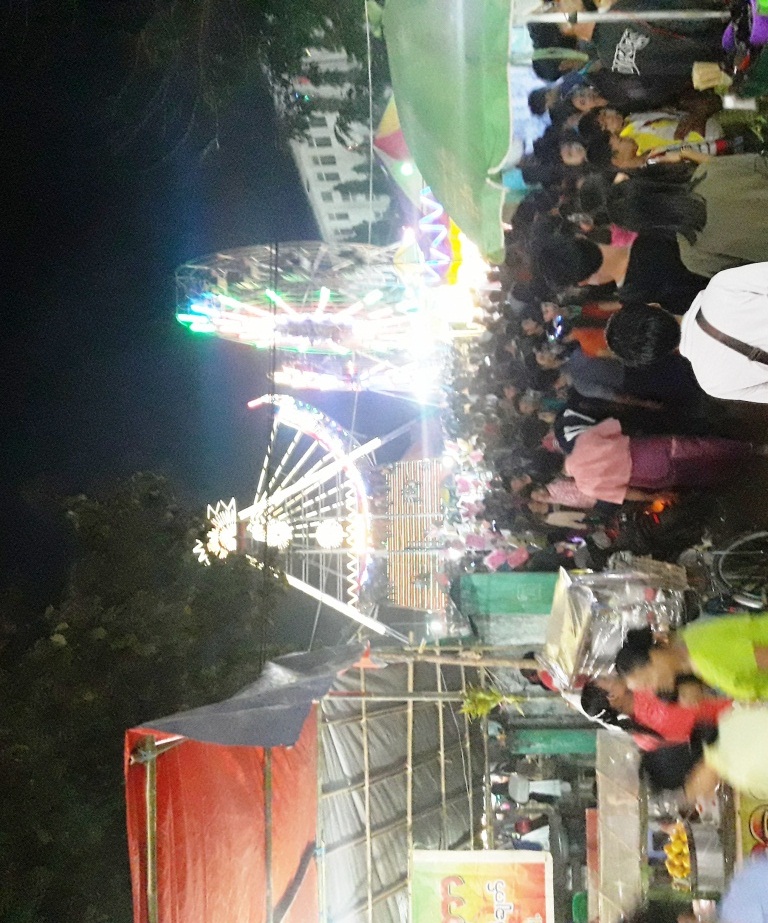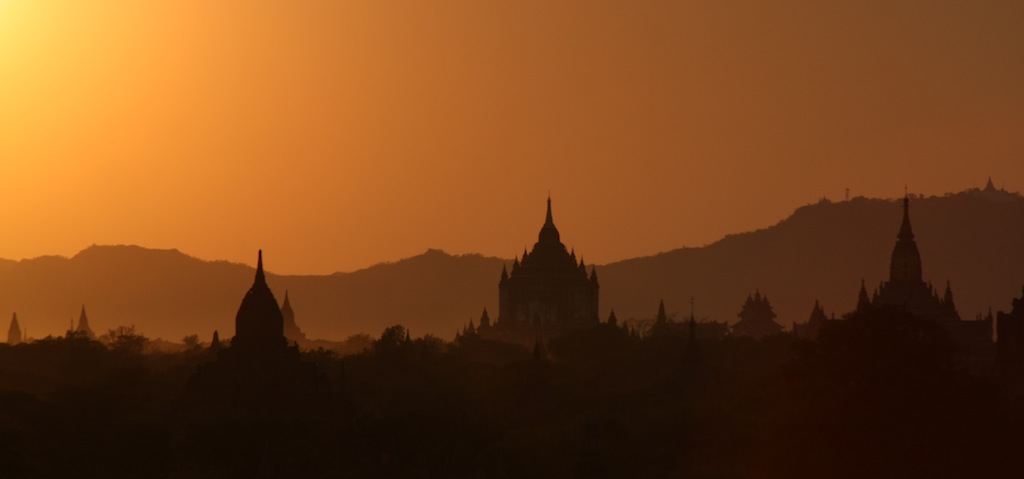|
Pyatho
Pyatho ( my, ပြာသို) is the tenth month of the traditional Burmese calendar. Festivals and observances *Karen New Year (first day of Pyatho) *Royal equestrian festivals () *Pagoda festivals **Ananda Pagoda Festival, Bagan Pyatho symbols *Flower: ''Clematis smilacifolia'' References See also *Burmese calendar *Festivals of Burma Burmese traditional festivals are based on the traditional Burmese calendar and dates are largely determined by the moon's phase. Burmese culture is most evident in villages where local festivals are held throughout the year, the most importan ... {{Burmese months Burmese culture Months of the Burmese calendar ... [...More Info...] [...Related Items...] OR: [Wikipedia] [Google] [Baidu] |
Karen New Year
The Karen New Year ( ksw, ကညီနံၣ်ထီၣ်သီ), also known as the Kayin New Year ( my, ကရင်နှစ်သစ်ကူး), is one of the major holidays celebrated by the Karen people. The Karen New Year falls on the first day of Pyatho, the tenth month in the Burmese calendar, and typically falls in December or January. The timing coincides with the completion of the Southeast Asian rice harvest in the lead-up to Pyatho. Celebrations typically include don dances and bamboo dances, singing, speeches, and the consumption of food and alcohol. The day is a gazetted public holiday in Myanmar. History The Karen New Year was established in 1937 or 1938. The holiday was recognized by the British colonial administration as a public holiday in 1938. In 2017, the two Karen major liberation groups, leaders from the Karen National Liberation Army and the Karen National Union, jointly celebrated the Karen New Year for the first time since 1967 in Kayin State's Hlai ... [...More Info...] [...Related Items...] OR: [Wikipedia] [Google] [Baidu] |
Burmese Calendar
The Burmese calendar ( my, မြန်မာသက္ကရာဇ်, , or , ; Burmese Era (BE) or Myanmar Era (ME)) is a lunisolar calendar in which the months are based on lunar months and years are based on sidereal years. The calendar is largely based on an older version of the Hindu calendar, though unlike the Indian systems, it employs a version of the Metonic cycle. The calendar therefore has to reconcile the sidereal years of the Hindu calendar with the Metonic cycle's near tropical years by adding intercalary months and days at ''irregular'' intervals. The calendar has been used continuously in various Burmese states since its purported launch in 640 CE in the Sri Ksetra Kingdom, also called the ''Pyu era''. It was also used as the official calendar in other mainland Southeast Asian kingdoms of Arakan, Lan Na, Xishuangbanna, Lan Xang, Siam, and Cambodia down to the late 19th century. Today, the calendar is used in Myanmar as one of the two official calendars along ... [...More Info...] [...Related Items...] OR: [Wikipedia] [Google] [Baidu] |
Pagoda Festival
Pagoda festivals ( my, ဘုရားပွဲ; ''paya pwe'') are regular festivals found throughout Burma (Myanmar) that commemorate major religious events in pagoda's history, including the founding of a pagoda and the crowning of the pagoda's hti (umbrella). Pagoda festivals are dictated by the Burmese religious calendar and often are held several days at a time. Major events in a pagoda festival typically do not coincide with Uposatha (Buddhist Sabbath) days, during which pious Buddhists observe the Eight Precepts. The majority of pagoda festivals are held during the dry season, from the months of Tazaungmon (November) to Tabaung (March). During the full moon day of Tabaung (Magha Puja), Buddhist devotees in various parts of Myanmar also celebrate sand pagoda festivals. More well-known pagoda festivals often attract numerous pilgrims from throughout the country. Pagoda festivals are similar in nature to agricultural shows (country fairs) or carnivals, and form a signi ... [...More Info...] [...Related Items...] OR: [Wikipedia] [Google] [Baidu] |
Festivals Of Burma ...
Burmese traditional festivals are based on the traditional Burmese calendar and dates are largely determined by the moon's phase. Burmese culture is most evident in villages where local festivals are held throughout the year, the most important being the pagoda festival. Festivals References {{Burma (Myanmar) topics Burmese culture Burma Myanmar, ; UK pronunciations: US pronunciations incl. . Note: Wikipedia's IPA conventions require indicating /r/ even in British English although only some British English speakers pronounce r at the end of syllables. As John Wells explai ... [...More Info...] [...Related Items...] OR: [Wikipedia] [Google] [Baidu] |
Burmese Culture
The culture of Myanmar (also known as Burma) ( my, မြန်မာ့ယဉ်ကျေးမှု) has been heavily influenced by Buddhism. Burmese culture has also been influenced by its neighbours. In more recent times, British colonial rule and easternisation have influenced aspects of Burmese culture, including language and education. Arts Historically, Burmese art was based on Buddhist or Hindu myths. There are several regional styles of Buddha images, each with certain distinctive characteristics. For example, the Mandalay style, which developed in the late 1800s, consists of an oval-shaped Buddha with realistic features, including naturally curved eyebrows, smaller but still prominent ears, and a draping robe. There are 10 traditional arts, called ''pan sè myo'' (), listed as follows: # Blacksmith ( ''ba-bè'') # Woodcarving ( ''ba-bu'') # Goldsmith ( ''ba-dein'') # Stucco relief ( ''pandaw'') # Masonry ( ''pa-yan'') # Stone carving ( ''pantamaw'') # Turne ... [...More Info...] [...Related Items...] OR: [Wikipedia] [Google] [Baidu] |
Equestrianism
Equestrianism (from Latin , , , 'horseman', 'horse'), commonly known as horse riding (Commonwealth English) or horseback riding (American English), includes the disciplines of riding, Driving (horse), driving, and Equestrian vaulting, vaulting. This broad description includes the use of horses for practical working animal, working purposes, transportation, recreational activities, artistic or cultural exercises, and animals in sport, competitive sport. Overview of equestrian activities Horses are horse training, trained and ridden for practical working purposes, such as in Mounted police, police work or for controlling herd animals on a ranch. They are also used in Horse#Sport, competitive sports including dressage, endurance riding, eventing, reining, show jumping, tent pegging, equestrian vaulting, vaulting, polo, horse racing, driving (horse), driving, and rodeo (see additional equestrian sports listed later in this article for more examples). Some popular forms of competi ... [...More Info...] [...Related Items...] OR: [Wikipedia] [Google] [Baidu] |
Ananda Pagoda
The Ananda Temple ( my, အာနန္ဒာ ဘုရား, ), located in Bagan, Myanmar is a Buddhist temple built in 1105 AD during the reign (1084–1112/13) of King Kyansittha of the Pagan Dynasty. The temple layout is in a cruciform with several terraces leading to a small pagoda at the top covered by an umbrella known as hti, which is the name of the umbrella or top ornament found in almost all pagodas in Myanmar. The Buddhist temple houses four standing Buddha statues, each one facing the cardinal direction of East, North, West and South. The temple is said to be an architectural wonder in a fusion of Mon and adopted Indian style of architecture. The impressive temple has also been titled the "Westminster Abbey of Burma". The temple has close similarity to the Pathothamya temple of the 10th–11th century, and is also known as “veritable museum of stones”. The temple was damaged in the earthquake of 1975. However, it has been fully restored and is well maintained ... [...More Info...] [...Related Items...] OR: [Wikipedia] [Google] [Baidu] |
Bagan
Bagan (, ; formerly Pagan) is an ancient city and a UNESCO World Heritage Site in the Mandalay Region of Myanmar. From the 9th to 13th centuries, the city was the capital of the Bagan Kingdom, the first kingdom that unified the regions that would later constitute Myanmar. During the kingdom's height between the 11th and 13th centuries, more than 10,000 Buddhist temples, pagodas and monasteries were constructed in the Bagan plains alone, of which the remains of over 2200 temples and pagodas survive. The Bagan Archaeological Zone is a main attraction for the country's nascent tourism industry. Etymology Bagan is the present-day standard Burmese pronunciation of the Burmese word ''Pugan'' ( my-Mymr, ပုဂံ), derived from Old Burmese ''Pukam'' ( my-Mymr, ပုကမ်). Its classical Pali name is '' Arimaddanapura'' ( my-Mymr, အရိမဒ္ဒနာပူရ, lit. "the City that Tramples on Enemies"). Its other names in Pali are in reference to its extreme dry zo ... [...More Info...] [...Related Items...] OR: [Wikipedia] [Google] [Baidu] |
Clematis Smilacifolia
''Clematis smilacifolia'' is a species of flowering plant in the buttercup family Ranunculaceae Ranunculaceae (buttercup or crowfoot family; Latin "little frog", from "frog") is a family of over 2,000 known species of flowering plants in 43 genera, distributed worldwide. The largest genera are ''Ranunculus'' (600 species), ''Delphinium' .... It usually grows on the margins of woodland areas and is native to tropical and subtropical Asia. References smilacifolia Flora of tropical Asia {{ranunculales-stub ... [...More Info...] [...Related Items...] OR: [Wikipedia] [Google] [Baidu] |



